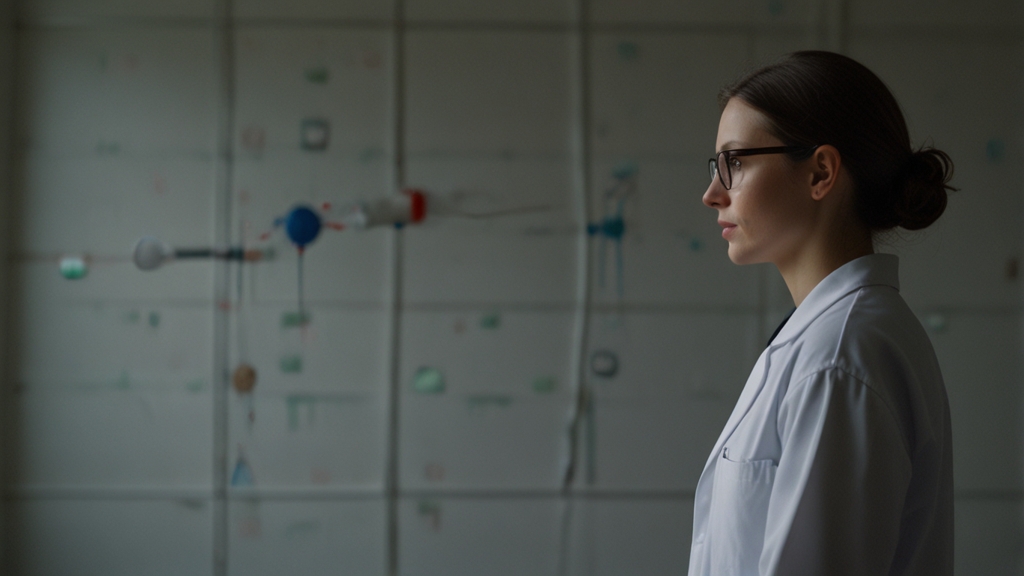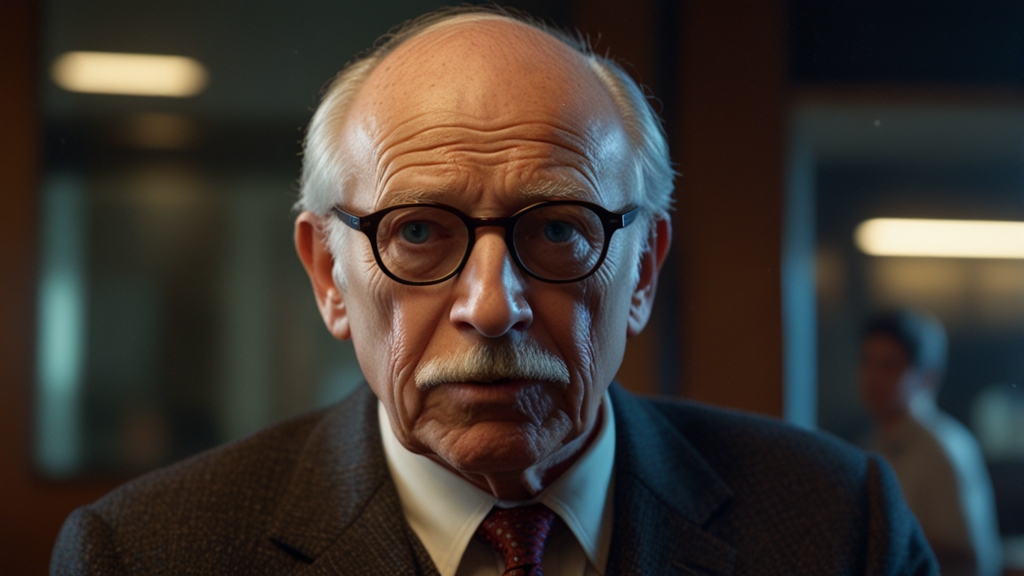Unleashing Creativity: The Art of Software Development
Software development is often perceived as a domain of logical reasoning, mathematical precision, and technical problem-solving skills. While these attributes are undeniably vital, an equally important yet frequently overlooked aspect is the realm of creativity. Contrary to popular belief, developing software is not just about writing code; it is about envisioning possibilities and creating solutions that propel the world towards innovation.
The Intersection of Creativity and Code
At its core, software development is fundamentally about solving problems. Whether it's creating a new application, enhancing an existing platform, or eliminating bugs, every task requires a creative approach. Developers must think outside the box to devise efficient algorithms, design intuitive interfaces, and ensure seamless user experiences.
"Coding is today's language of creativity. All our children deserve a chance to become creators instead of consumers of computer science." - Maria Klawe
The creative process in software development begins with understanding the problem at hand. Developers brainstorm and devise multiple strategies before zeroing in on the optimal solution. This iterative process of ideation, experimentation, and refinement embodies the essence of creativity.
Design as a Creative Process
Design plays a crucial role in software development. User interface (UI) and user experience (UX) design are areas where creativity is paramount. Developers must create aesthetically pleasing interfaces that are also functional and intuitive. The art of balancing visual appeal with usability is no small feat and requires a deep understanding of human psychology and behavior.
"Design is not just what it looks like and feels like. Design is how it works." - Steve Jobs
The design phase often involves prototyping, mockups, and wireframing. These tools enable developers to visualize the end product and make necessary adjustments before actual coding begins. By leveraging creativity in the design process, developers can preempt potential issues and deliver a more polished, user-friendly product.
Creativity in Problem Solving
Writing clean, efficient, and scalable code is an art form in itself. Developers frequently encounter challenges that demand creative problem-solving. Whether it’s optimizing an algorithm to improve performance or refactoring code to enhance readability, each problem requires a unique solution.
Moreover, creativity extends to debugging processes. Diagnosing and fixing bugs is like solving a puzzle; it requires keen observation, pattern recognition, and the ability to think critically and abstractly. The ability to approach problems from different angles and devise innovative solutions distinguishes an average developer from an exceptional one.
The Role of Collaboration and Communication
Software development is rarely a solitary endeavor. It often involves collaboration among team members, including designers, developers, testers, and project managers. Effective communication and collaborative brainstorming sessions can spur creativity, leading to more innovative solutions.
Pair programming is a technique where two developers work on the same code simultaneously. This practice not only enhances the quality of code but also fosters a creative environment where ideas flow freely and solutions are co-created. Code reviews are another collaborative process that encourages the exchange of creative ideas and best practices.
Fostering a Creative Environment
Organizations play a crucial role in unleashing the creativity of their developers. Encouraging a culture of experimentation, offering opportunities for continuous learning, and providing the right tools and technologies are essential components of a creative work environment. Hackathons, innovation labs, and coding competitions are some ways to foster creativity and innovation.
"The only way to do great work is to love what you do." - Steve Jobs
Encouraging developers to explore new technologies, experiment with different frameworks, and engage in open-source projects can also stimulate creativity. By providing a supportive and motivating environment, organizations can help developers unlock their full creative potential.
Conclusion
In essence, software development is much more than a series of technical tasks. It is a creative discipline that intertwines logic with imagination, science with art. By approaching software development with creativity, developers can craft solutions that are not only effective but also innovative and transformative. Embracing creativity in software development can lead to groundbreaking advancements, driving the industry towards a future where technology continually evolves to meet the ever-changing needs of society.








